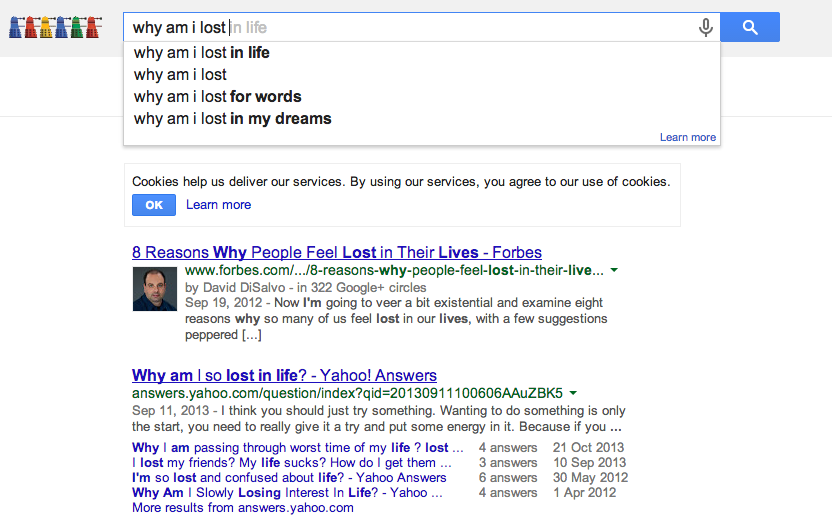Posted by Nodus Labs | November 23, 2013
Context and Narrative

This is a transcript of a short talk given at Prototype Conference in Berlin in 2013.
In the world of screens we are dealing with fixed states. Sometimes animations. Browsers have a Back button, but it’s still very easy to get lost on the internet. The main problem is that we lose context. And while we lose context we also lose the narrative. So it’s imperative we find a solution to this problem, because not only it will provide a better user experience, but it will also save a lot of time.
Imagine Wikipedia that always shows you the context, allowing to zoom in and zoom out. The Wikipedia that also saves your paths, so you can see where people come from to read an article and where they go further.
Imagine Google Maps that saves all your searches and gradually builds a route from them. You start at your place, go to your work, stop by your friend’s place, find a new restaurant. Some places are visited more than the others, a pattern forms. You have both context and narrative in your map, there is an overview now, which can be used to navigate more wisely.
[…]
When you read a book, you have a story, you have a narrative, you have a context. One page follows the other.
The same happens when you watch a film. One frame follows the other. Eisenstein wrote a huge book about montage: sequences that affect emotions.
It’s more difficult on the web. People expect to write their own story. But unless they have a clear purpose, it’s easy to get lost. Just like in life. We’ve been fighting narratives for so long and now finally we live in the world where they are much more fragmented. So many threads, so many possibilities. We don’t navigate linearly anymore, we navigate networks.
How does one navigate a network?
One strategy is to wander aimlessly. “Not all those who wander are lost” says graffiti on a wall in Berlin. True. It can be very poetic. It’s like going for a walk randomly, I don’t often have time for it, but I wish I make more time for it.
Another strategy is to choose the destination and to move towards it. The problem is the one of finding the shortest path or the more interesting one.
The shortest path will probably lie through the hubs – the parts of the network that have the most connections. If we’re talking about user interface, it’s categories and featured articles. Pages on Facebook. Popular Tweets. Most active posters on Tumblr.
The more interesting path lies through the periphery. We can visit obscure remote clusters along the way, while not losing the objective.
The other strategy is neither wandering, nor having a destination. It’s not about what, but how. We choose a strategy of navigating that relates to the network’s structure and morphs it as we go. It’s not random wandering and we don’t really care where we end up. For instance, we can decide to visit as many clusters as we can to get a good overview of the surrounding. Or we can simply choose to stay within the cluster we currently find ourselves in. An interface like this is difficult to make. And it would be exciting to see an example.
In any of those three strategies context and narrative are important because they are responsible for gradually revealing the network of possibilities that we encounter along the way.

